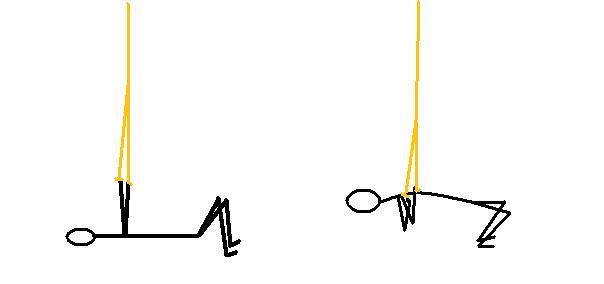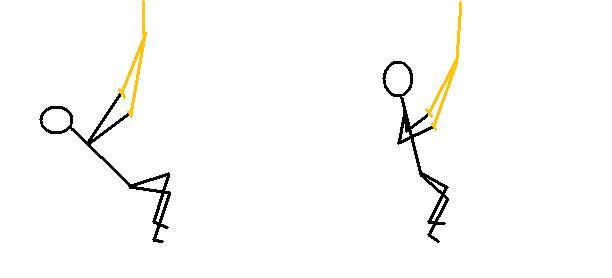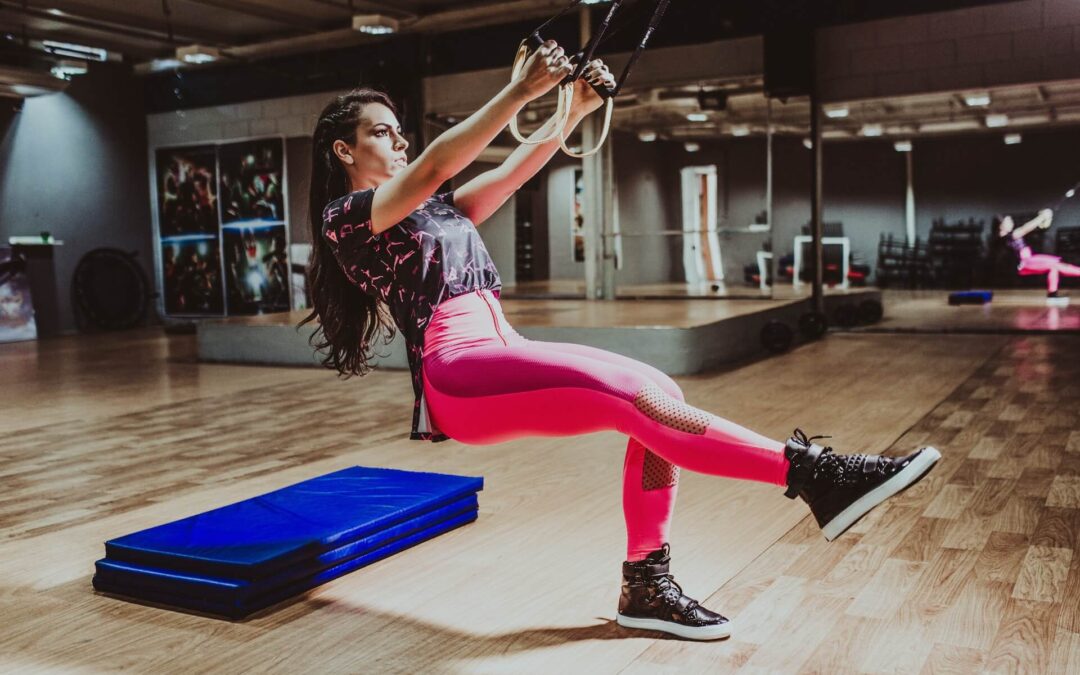Suspension straps offer numerous advantages; however, I’ve also encountered limitations for TRX/Suspension strap users. Consequently, I haven’t fully embraced them like many in the fitness industry, who claim them to be all you need for a complete workout.
Advantages of Suspension Strap Training
Suspension straps offer a multitude of advantages. They serve as an excellent bodyweight plus gravity workout tool, engaging stabilizer muscles and effectively targeting the core. Workouts with suspension straps are not only efficient but also versatile, allowing for quick routines that can be adapted to various fitness levels. Moreover, their portable nature makes them ideal for on-the-go workouts, and the included workout guide provides clear instructions for maximizing their benefits. Additionally, their compact size enables easy storage and transportation, fitting conveniently into a bag for use anywhere, anytime.
The Unspoken Limitations of Suspension Strap Training
Suspension training utilises the exerciser’s weight plus the force of gravity. A certain level of strength and joint stability is required to keep the body moving with perfect technical form and perfect form in general is a rarity.
For individuals with higher body weight and relatively lower strength, adjusting the body angle closer to vertical becomes necessary. This shift significantly alters the amount and direction of muscle loading during exercises. For instance, if performing a bodyweight inverted row with a nearly horizontal torso—a more advanced variation—is not feasible, adjusting the torso angle to around 45 degrees becomes essential. This modification helps prevent aggressive jerking motions while pulling oneself up with each repetition. However, this adjustment also results in a notable change in muscle engagement. Starting the inverted bodyweight pull with the torso at a 45-degree angle leads to the pull direction ending with the torso almost vertical, thereby substantially reducing the load on the pulling muscles. Consequently, instead of experiencing consistent engagement of pulling muscles throughout the movement, individuals may encounter a partial contraction at the start followed by a near-complete deload toward the end. My illustrations below demonstrate an advanced exerciser (image 1) performing the pull/inverted row exercise, followed by an exerciser less able to stabilise their joints and keep good form whilst performing the movement (image 2).

Image 1. In the above picture, the body stays horizontal and pulling muscles are worked throughout the movement.

Image 2. In this second picture, limitations such as a heavy bodyweight, inadequate strength for bodyweight, biomechanical issues (eg, shoulder, neck, back problems) or stability problems will limit the ability to keep the body horizontal. The top of the pull demands almost zero pulling muscles engagement.
This same principle applies for other exercises such as the bodyweight suspended push-up, jack-knife, pike, hamstring curl, bicep curl, single leg squat, tricep press, flyes and other movements that may be creatively added to the workout.
In Summary
I believe that suspension straps (such as the TRX) can be a valuable addition to your gym equipment, offering convenience for outdoor training and excellent portability for travel. However, I don’t view it as the ultimate solution for comprehensive body conditioning, as it does have some notable limitations. I’ve observed instances of poor exercise form with strap training, leading me to only use it with select clients. While I do incorporate suspension training into overall training programs when suitable for the client or athlete, I don’t dismiss traditional equipment such as barbells and dumbbells. Each exercise method has its own advantages and disadvantages, and I prefer to utilize a variety of approaches to achieve superior conditioning results.
If you’d like to reach out for a personalised program, visit this page.
